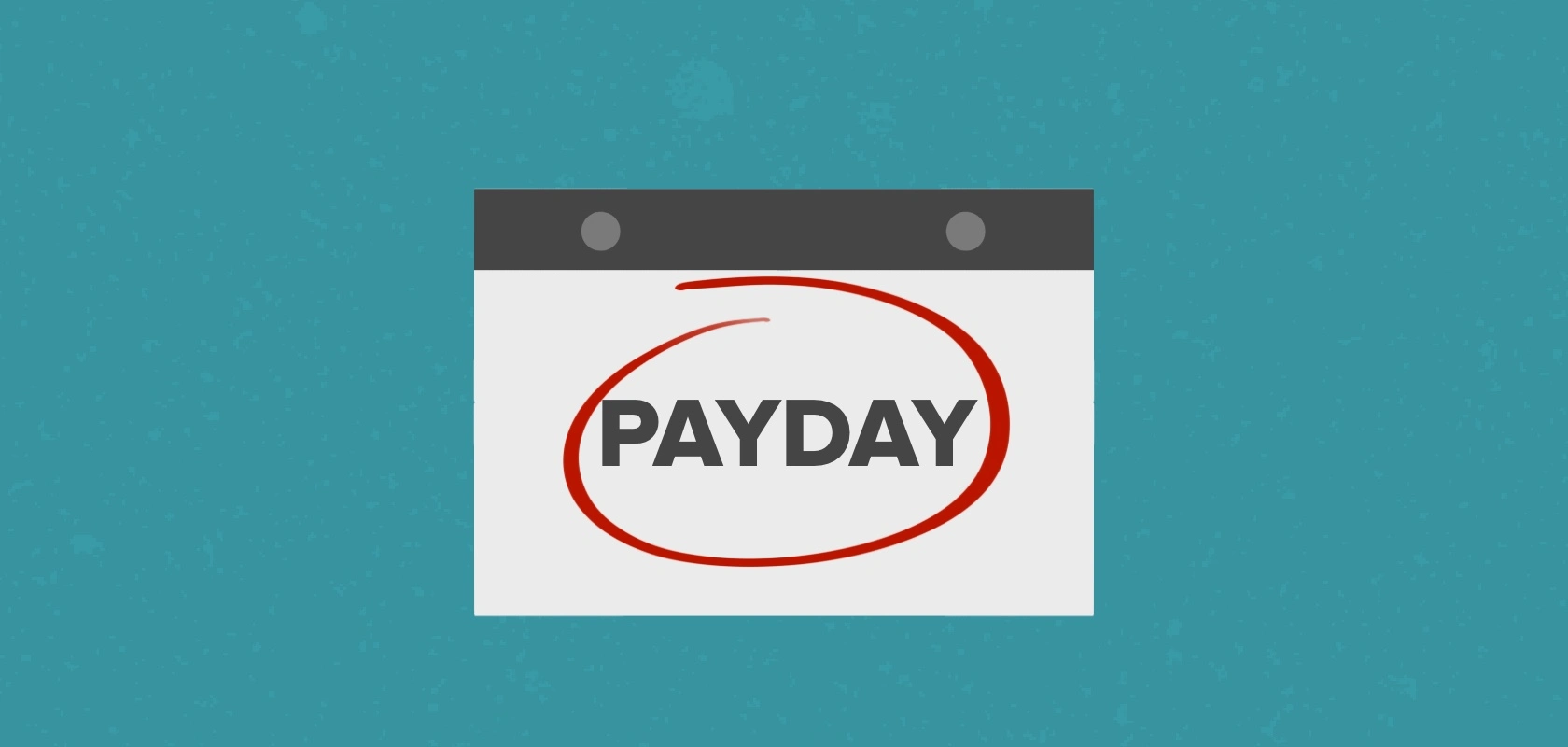Finance director and blogger. Customer service adviser and crocheter. Marketing manager and sculptor.
Side hustles are on the rise. In fact, more than one-in-five people in the UK have started one since 2020, according to research by insurance firm Aviva.
But what do side hustles mean for employers? And how can HR support their employees who have side hustles?
Here’s what we cover in this article:
Why are side hustles on the rise?
7 side hustle benefits and challenges for organisations
Calculate the true impact of side hustles to drive experiences
Why are side hustles on the rise?
With the cost of living on the rise, nearly a third (30%) of employees say a side hustle has simply enabled them to make ends meet.
The global pandemic also appears to have played a role, with 61% claiming this was the reason for them to take up other work on the side in the first place.
However, for others, it’s purely about trying something new.
The most popular side hustles are selling handcrafted items, with 11% dabbling in art, and 10% giving social media influencing a go.
With employees now working more flexibly than ever before, it’s enabled many to work their main job in a way that suits them best, providing them with the space to start up a business on the side.
7 side hustle benefits and challenges for organisations
Employees having a side hustle on top of their day-to-day job isn’t automatically bad or good for business – but there is a lot to consider.
Let’s examine both the benefits and the challenges for organisations and what that means for HR.
1. More skills for the business
Where certain skills are in scarce supply across organisations worldwide, learning new skills is certainly a pro for both the employee and the organisation.
In fact, 87% of organisations say they already have a skills gap or will do in the next few years.
Whatever the side gig, employees often pick up skills such as time management, digital skills, and business and financial acumen when working for themselves that can be easily transferred back to their day jobs, which is great for business.
Using these new skills can be hugely beneficial to organisations.
Flexible and configurable HR and People systems enable HR to track employees’ skills, so when you need certain skills on a project, your HR team, managers and leaders can identify individuals with the right skillsets to get the job done.
2. Risk of productivity and performance fluctuation
It’s a fact: working less can equal more productivity. If employees work more than 50 hours a week, productivity declines, a study from Stanford University found.
So, if an employee is working long hours doing both their side hustle and main job, it’s possible their energy reserves and concentration span may decline, leading to performance issues and a dip in productivity.
However, HR leaders and managers can’t automatically assume that having a side gig will always lead to reduced productivity.
The only way they can really know is by understanding employee productivity over time, so they can support their people where needed.
3. Impact on employee wellbeing
One of the other impacts on productivity could be a change in employee wellbeing.
A side job can improve an employee’s wellbeing because they’re doing something they enjoy. In fact, almost three quarters of people who start a side hustle do so to follow a passion or explore a new challenge.
However, burning the candle at both ends can be exhausting, even for those who love both jobs they do, potentially leading to stress and burnout.
Share information that can help improve health and wellness, alongside where they can find details of their wellbeing benefits.
Online health coaches and reduced healthcare costs are just some of the ways that could help enhance wellness across your workforce.
4. More satisfied employees at work
On the flip side, happy workers are more productive – precisely 12% more productive – so it follows that if they are happy fulfilling a side hustle, then they are likely to be even more productive at work.
A healthy 69% of employees claim their second job adds value to their lives and makes things more interesting.
However, there’s something amiss if employees are turning to a side hustle because they’re not getting satisfaction from their day job.
Keep close on what drives satisfaction for your employees.
What do they love about their jobs? What don’t they enjoy as much? What would make the organisation a better place to work? The data can help you to constantly improve experiences and ensure your employees are satisfied at work.
5. Improved financial wellbeing for your people
If extra money provides employees with a better lifestyle, more holidays and less debt, and that makes them generally happy in their day job, then that’s great.
However, if employees are having to look elsewhere to supplement their income, it begs the question: are you paying your employees enough for the job they’re doing?
Currently, 20% of employees say there’s a lack of financial wellbeing support in their organisation.
Signpost where employees can go to for that type of help, and make employees aware of their benefits if pay increases aren’t an option at the moment.
Perhaps you already offer discounts on food shopping, or provide travel loans for the commute, or you can enable your people to work from home more to cut down on costs – all of these could support your employees’ financial wellbeing.
6. Potential impact on payroll
Payroll can be a headache for both organisations and employees at the best of times. But when employees have multiple jobs, this can be even tricker to manage.
Employers should assess the payroll and tax implications that could arise in each region from having employees with side hustles.
The good news is global payroll doesn’t have to be a conundrum.
Having payroll connected to your HR and People system can help automate a lot of the process, so you can pay people accurately every time.
7. Amendments to your company policies
It’s worth asking yourself: are your policies regarding second jobs still up to scratch?
While on the surface going through and updating policies could be an arduous task, rethinking some of your policies on side hustles could be a big plus to help attract and retain talent.
In fact, almost 50% of business leaders agree that side work enables organisations to attract the best.
Side gigs are becoming more common, so rather than fight the tide, now would be a good time to rethink your company policies so they work for all.
Calculate the true impact of side hustles to drive experiences
The impact of side hustles will be different for every business, so to find out the true impact on yours, HR technology is vital.
Conduct surveys on the prevalence of side hustles in the organisation and correlate that data to productivity, performance, satisfaction and skills gained, to understand the true impact.
The end goal with your actionable insights is to make sure you’re always enhancing employee experiences so your people are, first and foremost, happy at work.
That way, your HR team can rest easy that any side hustles are pursued out of interest, not necessity.
With 80% of HR and business leaders saying employee experiences will be even more of a focus over the next few years, now’s the time to find out what side hustlers need, so your organisation can drive great experiences for all and get ahead.






